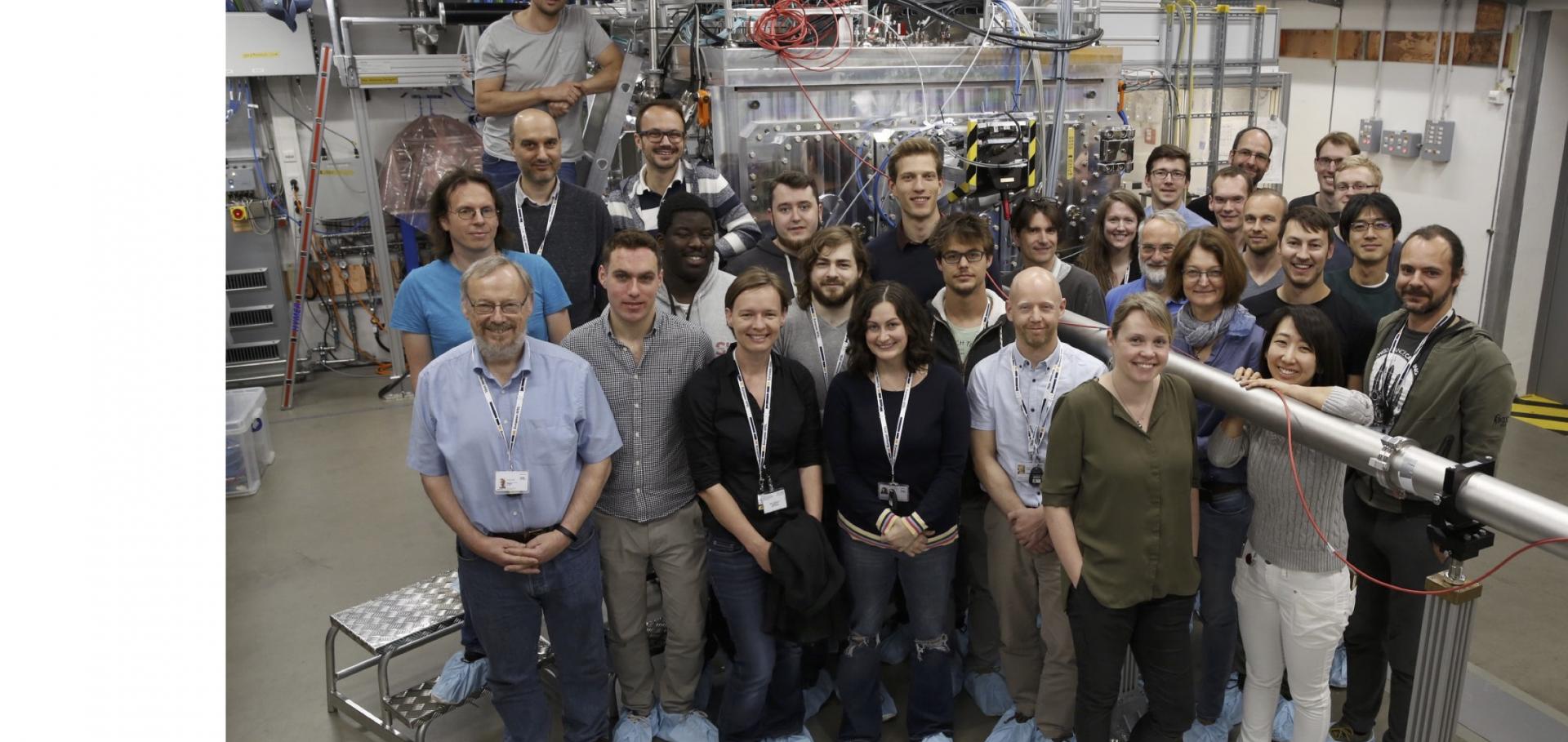Slip competition and rotation suppression in tantalum and copper during dynamic uniaxial compression
Morressier (2022)
Author Correction: Metastability of diamond ramp-compressed to 2 terapascals
Nature Springer Nature 605:7909 (2022) e1-e1
Slip competition and rotation suppression in tantalum and copper during dynamic uniaxial compression
Physical Review Materials American Physical Society 6 (2022) 043605
Abstract:
When compressed, a metallic specimen will generally experience changes to its crystallographic texture due to plasticity-induced rotation. Ultrafast x-ray diffraction techniques make it possible to measure rotation of this kind in targets dynamically compressed over nanosecond timescales to the kind of pressures ordinarily encountered in planetary interiors. The axis and the extent of the local rotation can provide hints as to the combination of plasticity mechanisms activated by the rapid uniaxial compression, thus providing valuable information about the underlying dislocation kinetics operative during extreme loading conditions. We present large-scale molecular dynamics simulations of shock-induced lattice rotation in three model crystals whose behavior has previously been characterized in dynamic-compression experiments: tantalum shocked along its [101] direction, and copper shocked along either [001] or [111]. We find that, in all three cases, the texture changes predicted by the simulations are consistent with those measured experimentally using in situ x-ray diffraction. We show that while tantalum loaded along [101] and copper loaded along [001] both show pronounced rotation due to asymmetric multiple slip, the orientation of copper shocked along [111] is predicted to be stabilized by opposing rotations arising from competing, symmetrically equivalent slip systems.Femtosecond Diffraction and Dynamic High Pressure Science
(2022)
Slip competition and rotation suppression in tantalum and copper during dynamic uniaxial compression
(2022)


